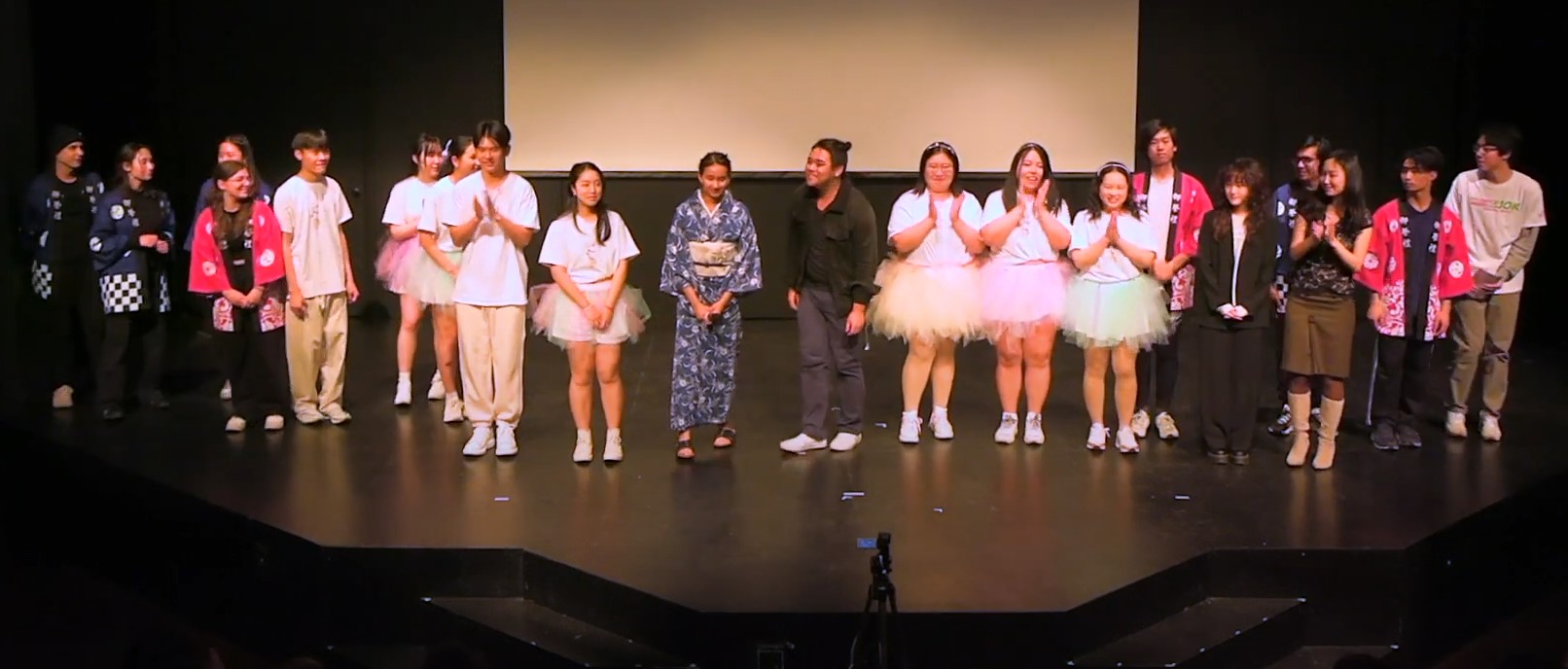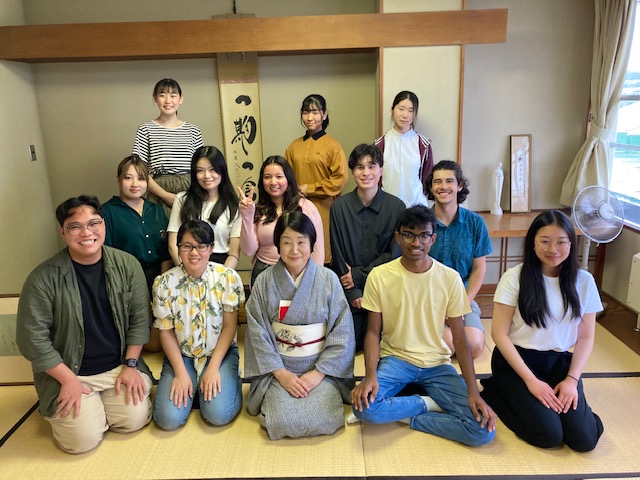Welcome to the UC Berkeley Japanese Language Program!
Teaching of all of the three major East Asian languages in the United States commenced in the University of California, Berkeley's Oriental Languages Department: Chinese in 1872, Japanese in 1900, and Korean in 1943.
During the 1960s and 70s, the Japanese Language Programs grew steadily, replenished with three years of instruction. In the 1980s, demands upon the East Asian Languages and Cultures Department were unprecedented, largely due to the rapid economic growth in East Asia.
All three language programs continued to expand during the 1990s and 2000s. The overall enrollment in the Japanese Language Program was 852 in the 2000-01 academic year, and escalated to 1,028 in 2009-10. Its fourth-year course commenced in 1994, and fifth year in 2000. In addition to the regular course offerings, the Program also provides summer sessions for J1A, J1B, J10A, and J10B.
Japanese Program Mission
As the first institution to commence teaching all the three major East Asian languages in the United States, one of our important missions is to train Japanese majors to become experts in the humanistic study of the languages, literatures, and cultures of Japan. In addition to welcoming Japanese majors and minors, our program invites diverse student populations with a multitude of goals and personal interests in Japanese and its cultures. We are committed to instilling passion and motivation, fostering core skills in individuals as engaged lifelong learners and citizens who promote intercultural communication in the global society.

Words in Action 2024
'A Catch in the Night' performed by Japanese 1B students.
If you wish to enroll in Japanese 1B, 10A, 10B, 100B and 102 in the spring semester 2026, and you have never enrolled in a course in the UC Berkeley Japanese Language Program, but you have had formal instruction in Japanese elsewhere (or extensive experience living in Japan), you need to take the placement test, which consists of four parts:
- Online Placement Test
- Student Information
- Writing test; and
- Oral interview
First you must take the Japanese Online Placement Test between 12:01 AM, Thursday, January 8 and 11:59 PM, Wednesday, January 14, 2026. This test will be open 24 hours/day during this period, and you can take it from anywhere with an internet connection by using your Cal ID. There is only one Japanese Online Placement Test for all levels, so you don’t have to worry about which test you should take. Just log on to the site and follow the instructions. If you have any questions about the Japanese Online Placement Test, please e-mail Takata-sensei.
Students who have taken the Japanese Online Placement Test will be given access to bCourses and once there, please submit the "Student Information Form." You will also receive an email from one of the instructors in the Japanese Program by 5pm (PT) on January 15. Please read the email carefully and follow the instructions for taking the writing and oral parts of the Placement Test. If you did not finish the Japanese Online Placement Test, you will not receive an e-mail.
We are going to conduct the final assessment online beginning at 10:00 am (Pacific Time) on Friday, January 16. You may also be contacted by the instructor of the course you were placed into with further instructions.
If there is any change in this procedure, we will post it on this webpage, so please check it from time to time. If you have any questions about the writing and oral parts of the placement test, please email the instructor on the e-mail which you will receive after taking the Online Placement Test.
The Department of East Asian Languages and Cultures offers a proficiency test in Japanese to students who are seeking to have their foreign language and/or other academic requirement waived rather than taking Japanese courses at Cal. The Proficiency Test is scheduled only twice each year, during the week right before the first day of instruction of the fall and spring semesters. No sample tests are available. Your test scores are interpreted into the equivalent number of semesters of instruction in the UC Berkeley Japanese Language Program (ranging from zero to eight-plus semesters).
*If you are a native Japanese speaker and attended high school in Japan through the 10th grade, you do not need to take the exam. For incoming students, e-mail asklns to request a review. For continuing students, please follow the instructions the instructions posted on CEU's website CEU's Website.
The next date for the Japanese Proficiency Test is at 11:00 am (Pacific Time) on Friday, January 16, 2026. You will take the test in 82 Dwinelle Hall on the C level. If you wish to take the test on that day, please notify Takata-sensei as soon as you can. Even if you have already e-mailed her about this, please email her again by noon on Thursday, January 15, 2026, to be sure your name is on the list. Takata-sensei will send you instructions by e-mail by 5pm (PT), Thursday, January 15. If there is any change in this procedure, we will post it on this webpage, so please check it from time to time. The Proficiency Test will only be available on that day during the fall semester. If you are unable to take it then, you will have to wait until August 2026. There will be NO EXCEPTIONS to this rule.
If you wish to enroll in Japanese language courses in the J1B, J10A and J10B during the summer, and you have never enrolled in a course in the UC Berkeley Japanese Language Program, but you have had formal instruction in Japanese elsewhere (or extensive experience living in Japan), you need to take the placement test. It consists of three parts:
- Online Placement Test
- Writing test
- Oral interview
You must take the online placement test for the summer sessions during the week before the first day of class. If you have any questions, please contact Miyamoto-sensei.
In the Community

Japan Summer Program 2024
Tea ceremony demonstration by Sophia University students at Hadano campus.

Onigiri Action Workshop: Connect 10 Cities!
Students in the Japanese classes participated in the Onigiri Action charity event, crafting handmade onigiri while learning about Japanese culture and contributing to a global cause. Fall 2024


